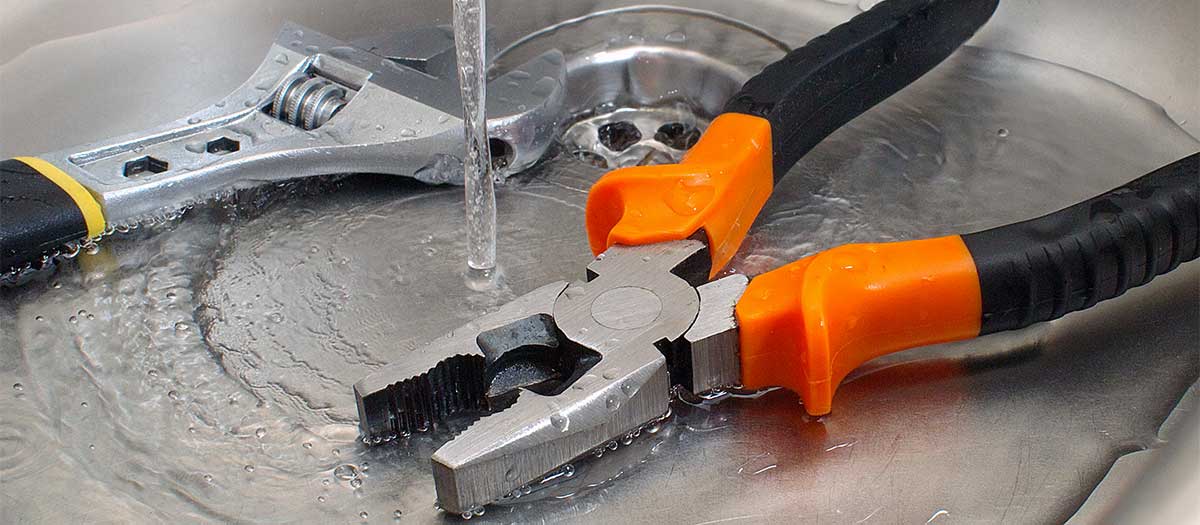Detecting Concealed Water Line Leaks: Six Smart Methods
Detecting Concealed Water Line Leaks: Six Smart Methods
Blog Article
The article in the next paragraphs in relation to Finding hidden leaks is truly entertaining. Don't overlook it.

Early detection of leaking water lines can alleviate a possible disaster. Some tiny water leaks might not be visible.
1. Analyze the Water Meter
Every residence has a water meter. Examining it is a surefire way that aids you discover leakages. For beginners, shut off all the water resources. Make certain no one will flush, make use of the tap, shower, run the washing machine or dish washer. From there, most likely to the meter and watch if it will alter. Considering that no person is utilizing it, there ought to be no motions. If it moves, that indicates a fast-moving leakage. If you spot no changes, wait an hour or 2 and also examine back again. This suggests you may have a slow-moving leakage that could also be underground.
2. Inspect Water Consumption
If you find sudden changes, in spite of your intake being the very same, it means that you have leakages in your plumbing system. An abrupt spike in your costs suggests a fast-moving leakage.
At the same time, a steady increase monthly, despite having the exact same practices, shows you have a slow leak that's additionally slowly rising. Call a plumber to extensively examine your building, particularly if you feel a cozy location on your flooring with piping beneath.
3. Do a Food Coloring Test
When it pertains to water consumption, 30% originates from bathrooms. Examination to see if they are running appropriately. Decrease specks of food shade in the storage tank and wait 10 minutes. There's a leak between the storage tank as well as bowl if the shade somehow infiltrates your bowl during that time without flushing.
4. Asses Outside Lines
Don't forget to check your exterior water lines as well. Needs to water seep out of the link, you have a loose rubber gasket. One little leakage can waste bunches of water and also increase your water costs.
5. Inspect as well as Examine the Circumstance
Property owners need to make it a routine to examine under the sink counters and also inside closets for any kind of bad odor or mold and mildew development. These two red flags indicate a leak so timely attention is required. Doing regular examinations, also bi-annually, can conserve you from a major problem.
Much more importantly, if you know your home is currently old, keep a watchful eye on your heating units, hose pipes, pipelines etc. Look for stainings and also weakening as a lot of pipes and appliances have a life expectancy. They will certainly additionally normally deteriorate as a result of tear and wear. Do not wait for it to rise if you suspect leaking water lines in your plumbing system. Call a professional plumber today so you do not end up with an awful mess in your house.
Early detection of leaking water lines can alleviate a potential catastrophe. Some little water leakages may not be visible. Checking it is a surefire method that helps you discover leaks. One little leak can waste loads of water and also spike your water costs.
If you believe dripping water lines in your plumbing system, don't wait for it to intensify.
How to Know If Your Home Has a Hidden Leak
Water Meter Reveals Inexplicable Water Usage
If you’d like to test whether or not there’s a leak somewhere in your home, you can do this using your water meter. Here is how to conduct the test:
Don’t use any water in your home for at least 30 minutes; this also means not turning on faucets or water-using appliances.
Go outside, and check your water meter for activity.
If your water meter shows that there was activity, even though no one was using any water, this proves that there is a leak in your home.Visible Mold or Mildew Growth
Leaks behind walls create moist, dark environments that allow mold and mildew to grow and thrive. Eventually, you might see mold growth forming on the wall closest to a hidden leak.
If mold is growing in an area that receives a high amount of moisture, such as a bathroom, it may simply be an indication that better ventilation is needed. However, if you see mold growth on a wall or the ceiling in an area where you would not expect, you probably have a hidden leak.
Musty, Mildew Odor
Sometimes you might not be able to see the mold or mildew that is growing as a result of a leak. However, the smell can give the problem away just as easily. If you catch a whiff of something musty, there’s a good chance that old water is collecting somewhere in your home that you can’t see.
Stained/Warped Walls, Ceilings, or Floors
When your home soaks up water, a variety of red flags can become visible, including ceiling stains, bubbling drywall, warped walls, and sagging floors. While these issues can be caused by excess humidity, they can also be signs that a pipe or plumbing connection has started leaking behind your walls.
Inexplicably High Water Bill
After a while, you get a general sense for what your water bill should be. If you own a pool or sprinkler system, your bill will tend to be higher during summer. However, if you receive a water bill that seems especially high, and you can’t figure out what caused it, then you may have a hidden leak somewhere that’s increasing your bill.
https://www.plumbingjoint.com/blog/2019/july/how-to-know-if-your-home-has-a-hidden-leak/

We had been guided to that report on Hacks to detect leaks through an acquaintance on another web blog. Feel free to take the time to promote this article if you appreciated it. Thank-you for taking the time to read it.
Search no more; expert plumbers. Report this page